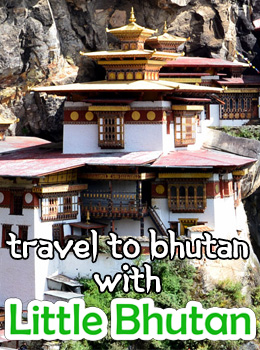Zhabdrung Ngawang Namgyal introduced the annual Wangduephodrang Tsechu after the completion of the Wangduephodrang dzong. The three-day annual Tsechu is known for the Raksha Mangcham or the Dance of the Ox. It concludes with the unfurling of the Guru Tshengye Thongdrol.
Wangduephodrang Dzongkhag Dzong was gutted by fire on 24th June 2012. After the fire the Tsechu was held at the nearby Tencholing Army ground in Wangduephodrang. But plans are underway to reconstruct the Dzong.
